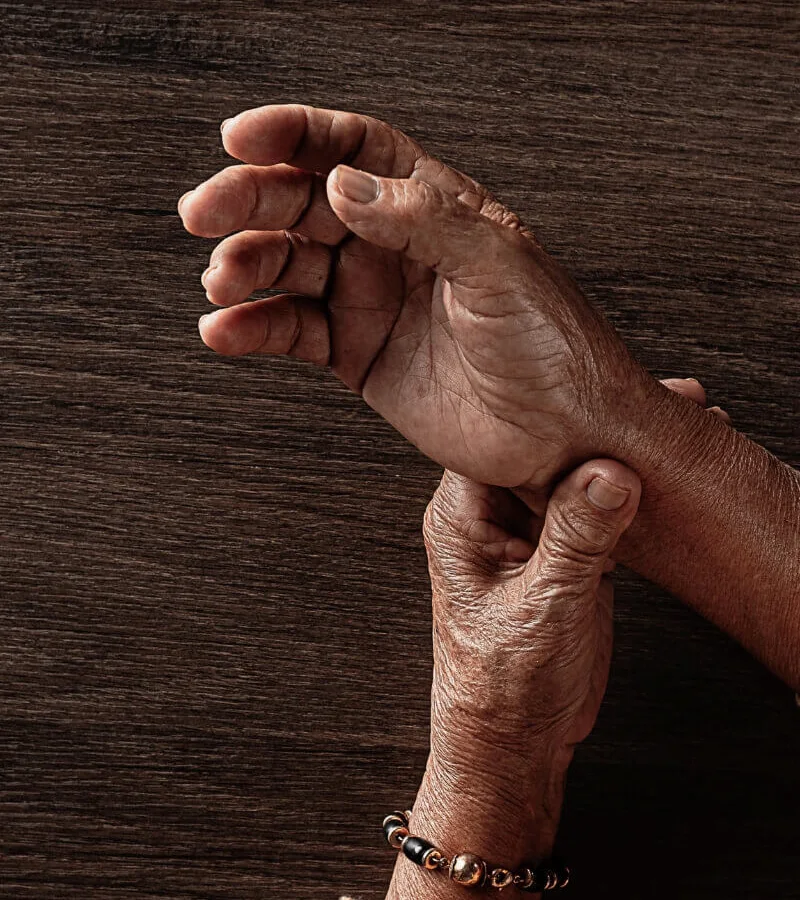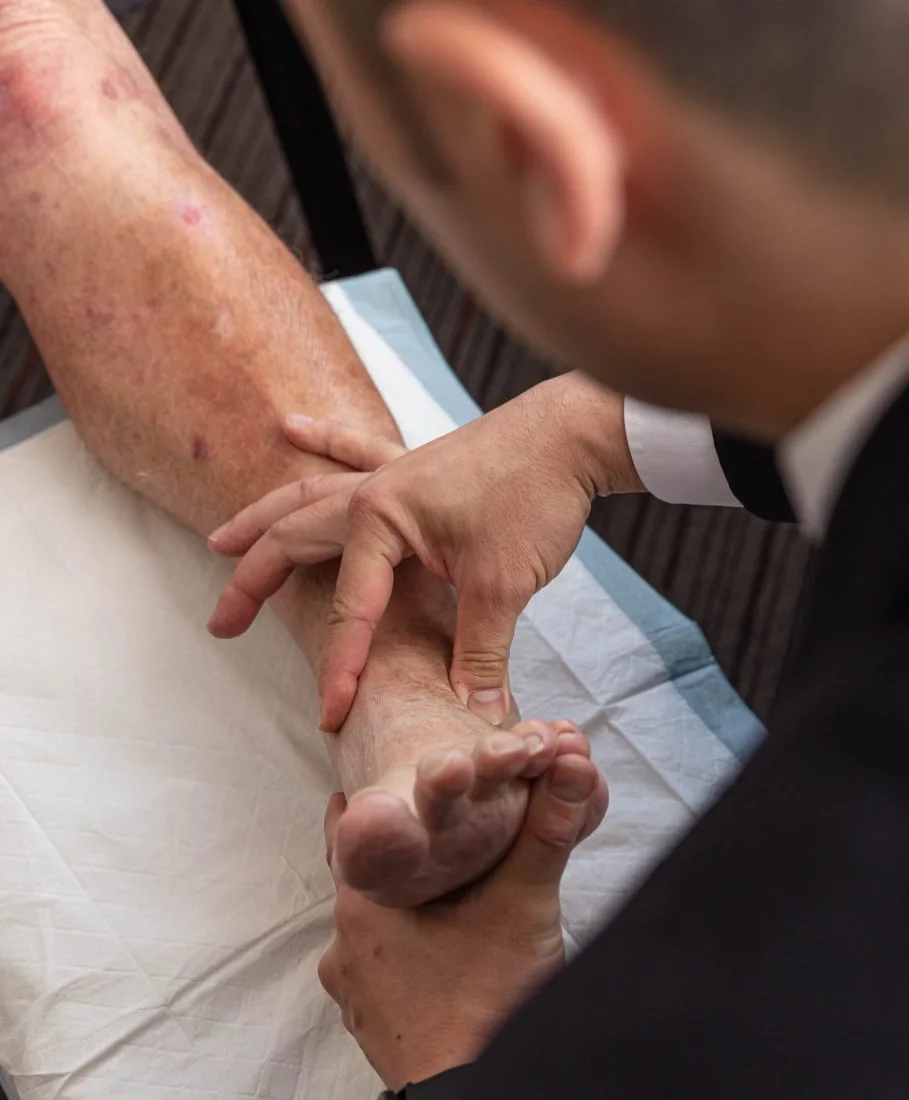Arthritis Specialists in Pasadena, CA
Understanding Arthritis and How to Manage Joint Pain
At iSpine in Pasadena, CA, we understand the daily challenges that come with arthritis—a condition that causes joint pain, stiffness, inflammation, and reduced mobility. Whether you’re living with osteoarthritis, rheumatoid arthritis, or another form of arthritis, understanding the condition is the first step toward managing symptoms and improving your quality of life.
This page provides comprehensive information about arthritis, including its types, causes, symptoms, and frequently asked questions to help you better understand your joint health.

What is Arthritis?
Arthritis is a broad term used to describe inflammation of the joints. It refers to over 100 different conditions that affect the joints, tissues surrounding the joints, and other connective tissues. The most common forms are osteoarthritis (OA) and rheumatoid arthritis (RA), but there are many other variations.
Arthritis can cause pain, swelling, stiffness, and decreased range of motion, making daily activities difficult. In some cases, it may lead to joint deformity or disability if left untreated.
Types of Arthritis
Osteoarthritis (OA)
The most common form, osteoarthritis, is often referred to as “wear-and-tear arthritis”. It occurs when the cartilage that cushions the ends of bones in a joint gradually deteriorates, leading to bone-on-bone contact.
Common Symptoms of Osteoarthritis
- Joint pain and stiffness, especially after periods of inactivity
- Swelling around the affected joints
- Decreased range of motion
- Grating sensation or bone spurs in advanced cases
Rheumatoid Arthritis (RA)
An autoimmune disorder, rheumatoid arthritis causes the immune system to attack the lining of the joints (synovium), leading to chronic inflammation and potential joint deformity.
Common Symptoms of Rheumatoid Arthritis
- Tender, swollen joints
- Morning stiffness lasting more than 30 minutes
- Fatigue, fever, and weight loss
- Symmetrical symptoms (affecting both sides of the body)
Other Types of Arthritis
- Psoriatic Arthritis: Associated with psoriasis, leading to joint pain and skin symptoms.
- Gout: Caused by uric acid buildup, leading to sudden, severe attacks of joint pain, typically in the big toe.
- Ankylosing Spondylitis: Affects the spine and pelvis, causing stiffness and pain.
- Lupus-related Arthritis: A systemic autoimmune disease that can affect joints, skin, kidneys, and other organs.
Common Causes and Risk Factors of Arthritis
Causes
- Age: Risk increases with age, especially for osteoarthritis.
- Genetics: Family history can raise the risk for rheumatoid arthritis and osteoarthritis.
- Injuries: Previous joint injuries can lead to arthritis later in life.
- Obesity: Extra weight puts more stress on weight-bearing joints like the hips and knees.
- Autoimmune Diseases: In conditions like rheumatoid arthritis, the immune system attacks joint tissues.
- Infections: Certain infections can trigger joint inflammation.
Risk Factors
- Gender: Women are more likely to develop rheumatoid arthritis, while gout is more common in men.
- Occupational Hazards: Jobs involving repetitive motions or heavy lifting can increase the risk of joint injuries.
- Smoking: Increases risk, particularly for rheumatoid arthritis.
Signs and Symptoms of Arthritis
Early Warning Signs
- Joint pain after physical activity
- Stiffness in the morning or after periods of rest
- Swelling in one or more joints
- Reduced range of motion
- Warmth or redness around a joint
Advanced Symptoms
- Chronic pain that persists despite rest
- Joint deformity (especially in rheumatoid arthritis)
- Loss of joint function or disability
- Fatigue and systemic symptoms (in autoimmune forms)
Arthritis Progression
Stage 1: Early Arthritis
- Mild joint discomfort or stiffness
- Symptoms may come and go
Stage 2: Moderate Arthritis
- Increased joint swelling and pain
- Cartilage damage visible on imaging
- Loss of range of motion
Stage 3: Severe Arthritis
- Significant pain, stiffness, and mobility issues
- Possible joint deformity or bone erosion
- Difficulty performing daily tasks

Frequently Asked Questions (FAQ) About Arthritis
What is the difference between osteoarthritis and rheumatoid arthritis?
Osteoarthritis is a degenerative joint disease caused by cartilage breakdown, typically due to wear and tear. Rheumatoid arthritis is an autoimmune disorder where the immune system attacks the joint lining, leading to inflammation and joint damage.
Can arthritis be cured?
While arthritis cannot be cured, especially osteoarthritis and rheumatoid arthritis, symptoms can often be managed effectively with a combination of lifestyle changes, medications, and therapies.
How is arthritis diagnosed?
Diagnosis typically includes a physical exam, medical history review, and may involve X-rays, MRI scans, blood tests, or joint fluid analysis to determine the type and severity of arthritis.
What are common treatments for arthritis?
Treatment may include medications (anti-inflammatory drugs, pain relievers), physical therapy, lifestyle modifications (weight loss, exercise), and in severe cases, joint injections or surgery.
Can arthritis affect more than just the joints?
Yes, especially in autoimmune types like rheumatoid arthritis and lupus, arthritis can affect organs, skin, eyes, and other tissues.
Start Living Life Free of Arthritis Pain – Speak with our Friendly and Knowledgeable Team Today
If you or a loved one are experiencing joint pain, stiffness, or other signs of arthritis, early diagnosis and management are essential to maintaining joint health and quality of life.
Contact iSpine in Pasadena, CA, today to schedule a consultation and learn more about how to manage arthritis symptoms and improve your joint function.


